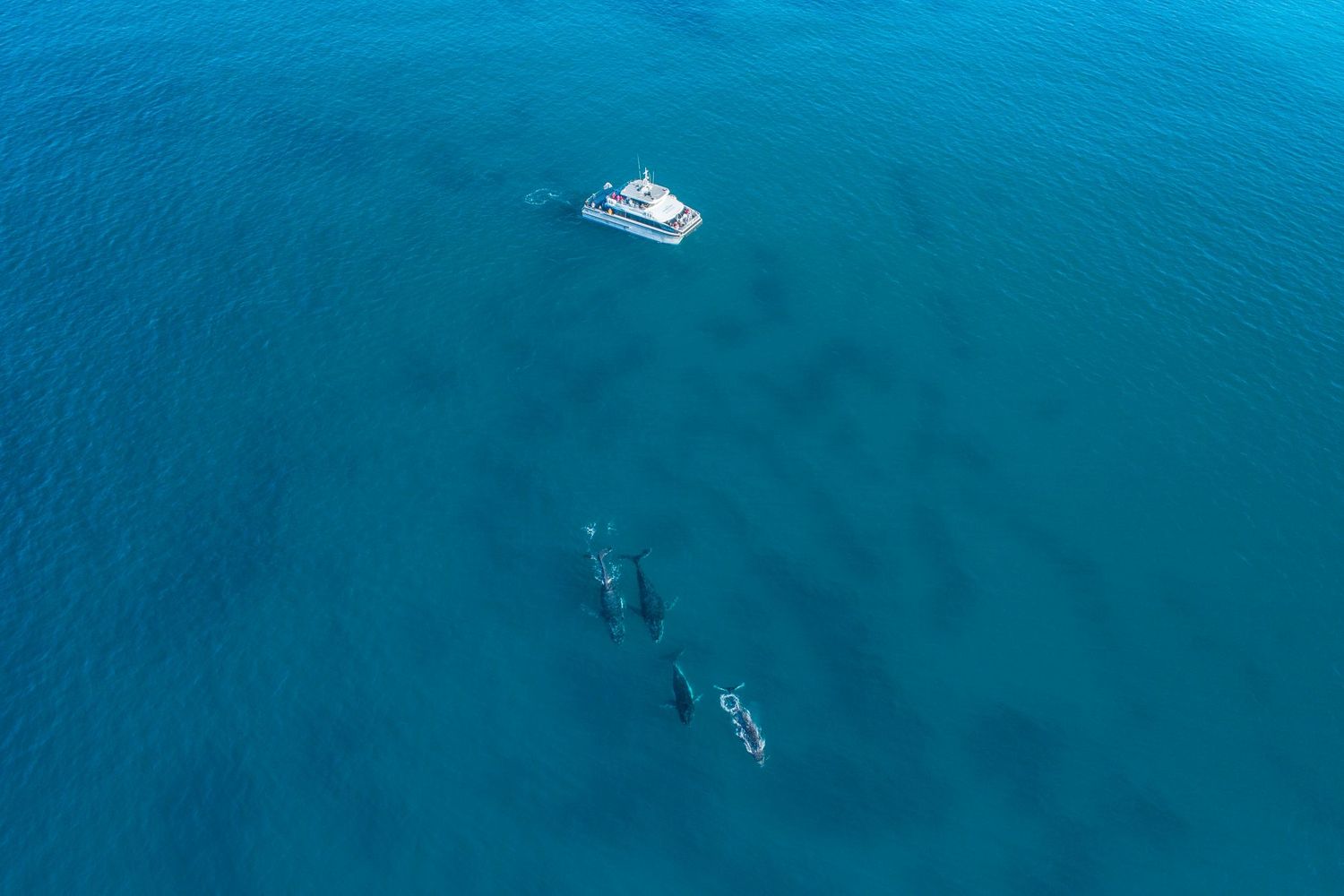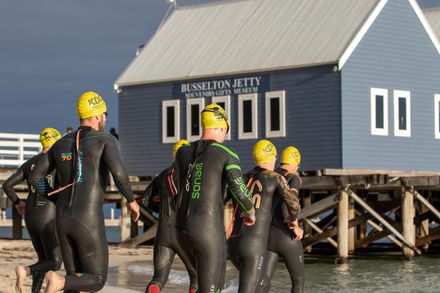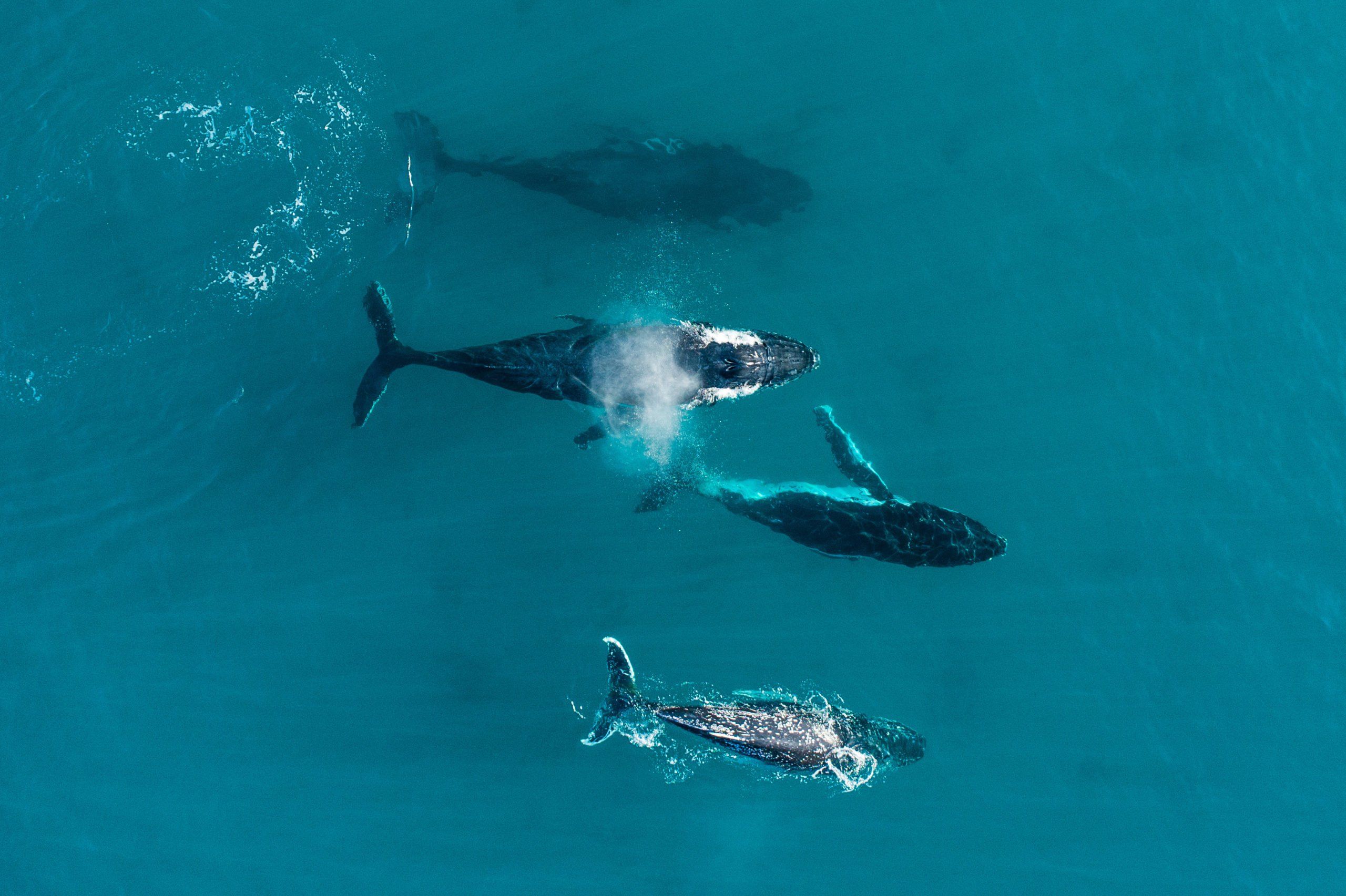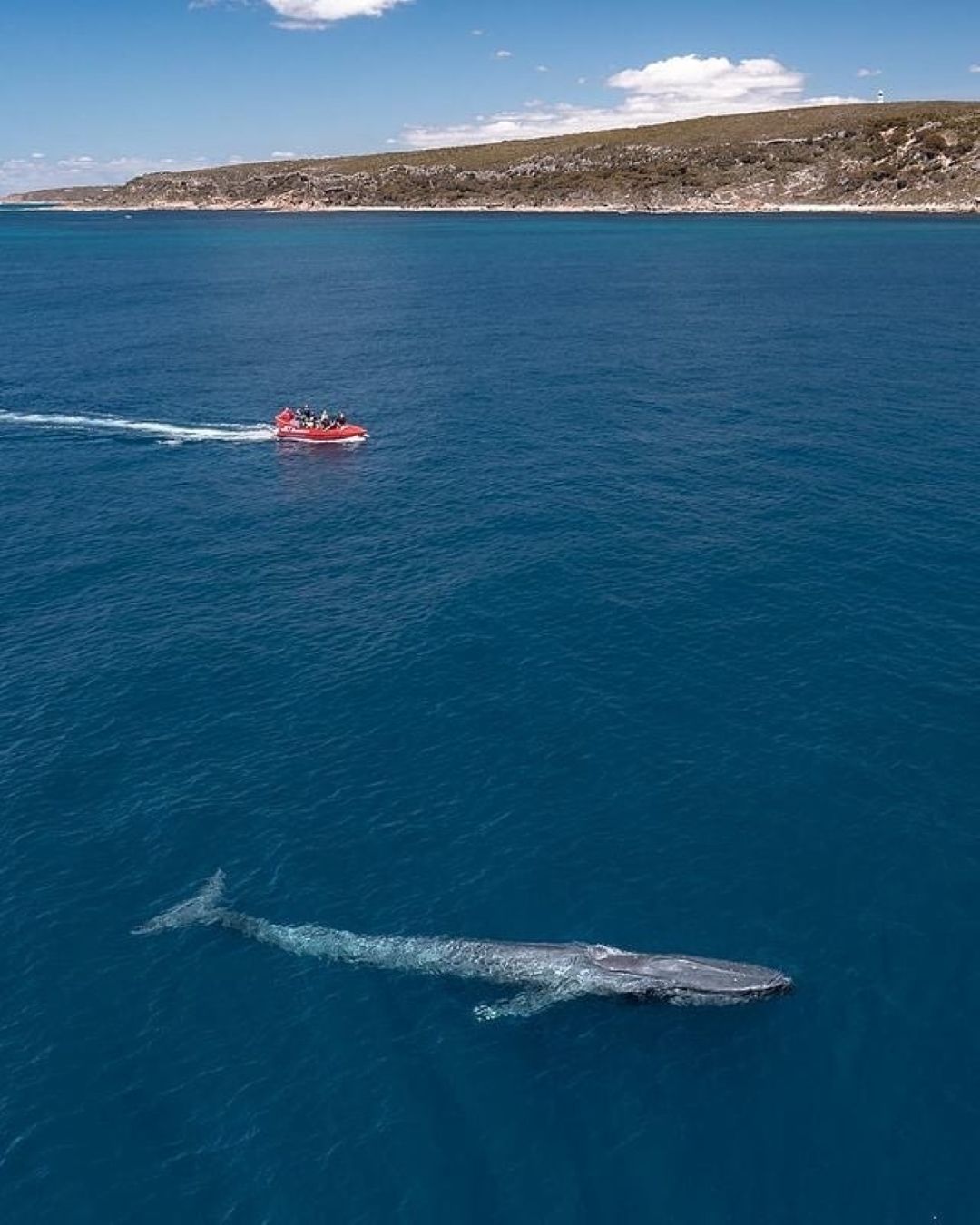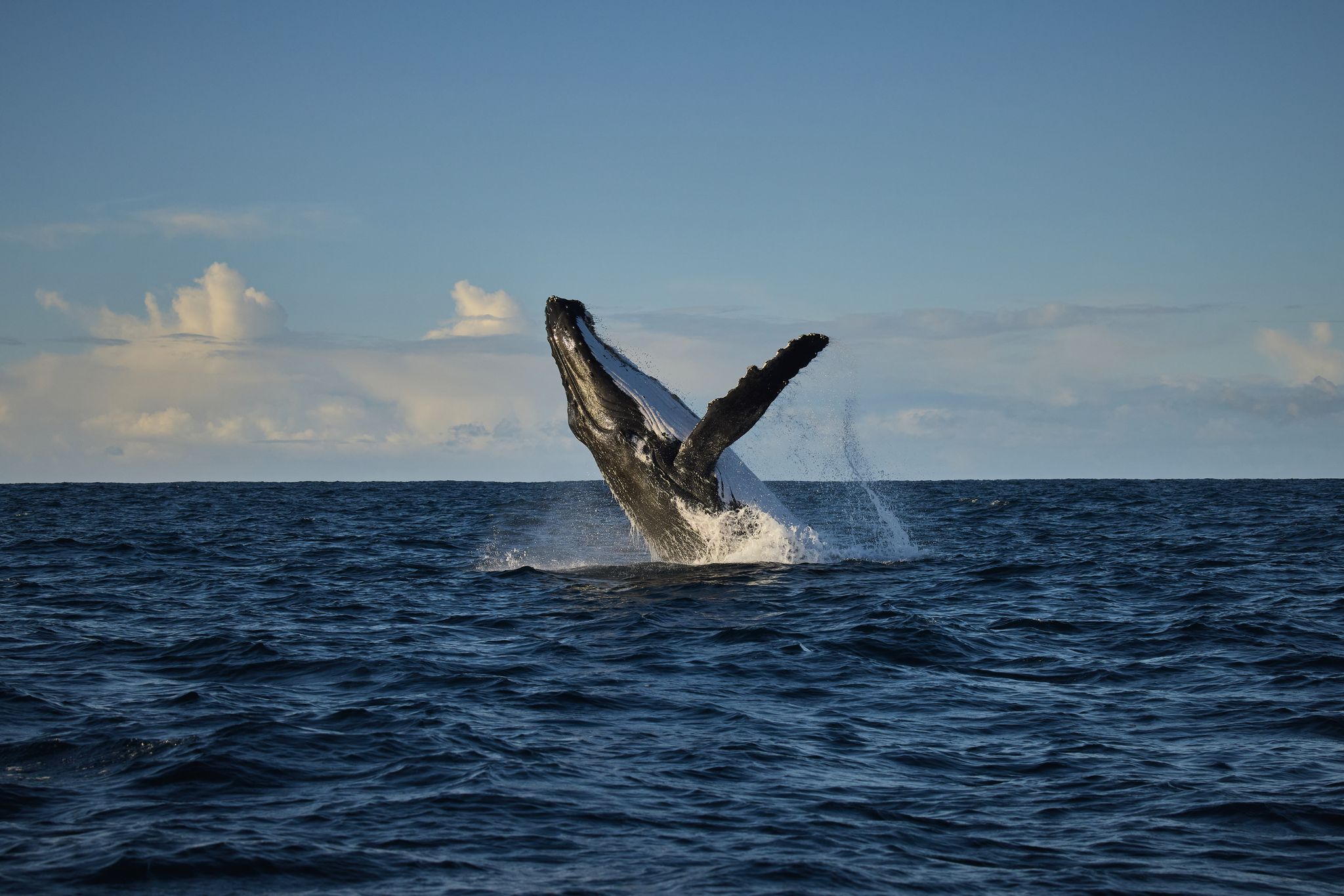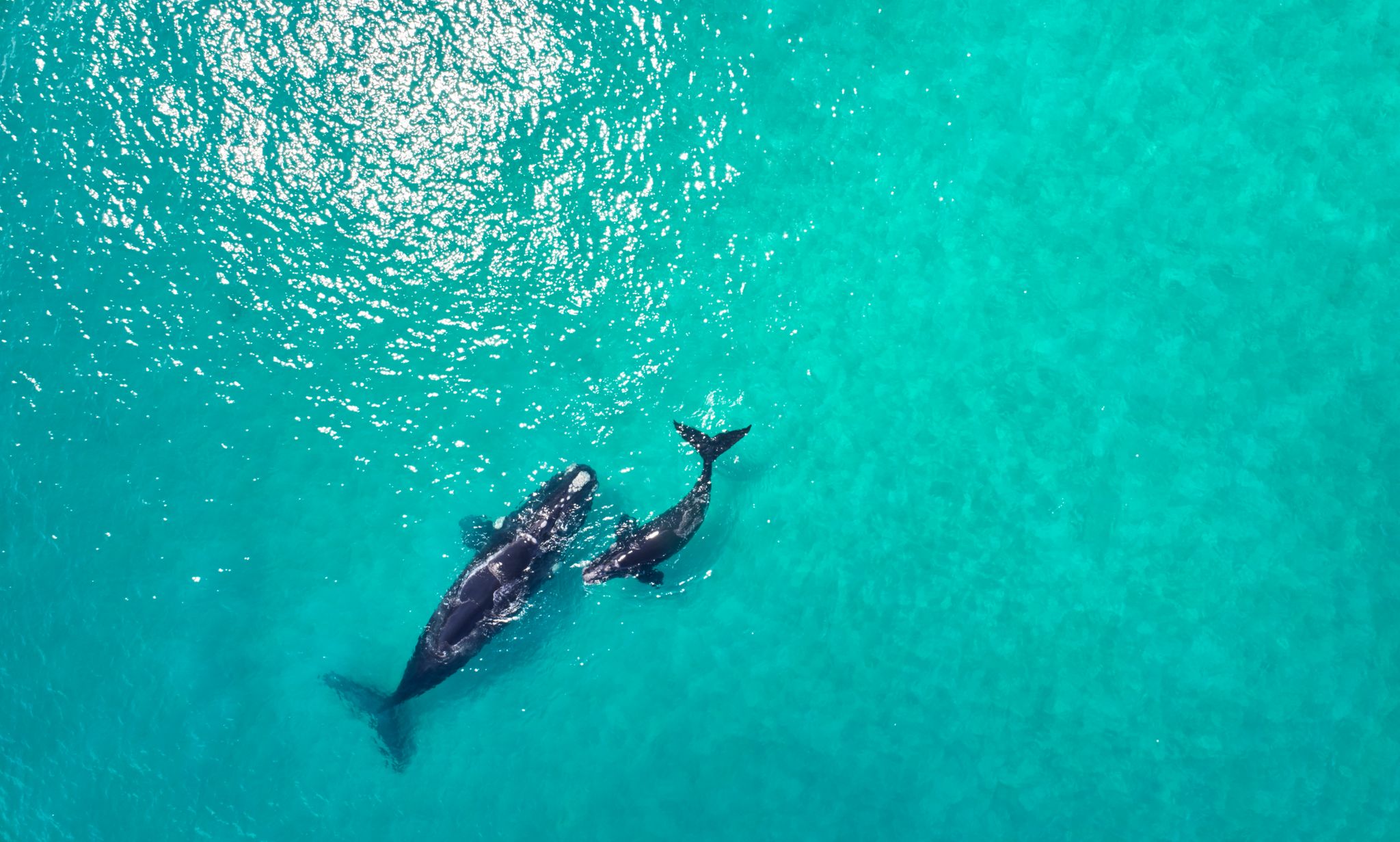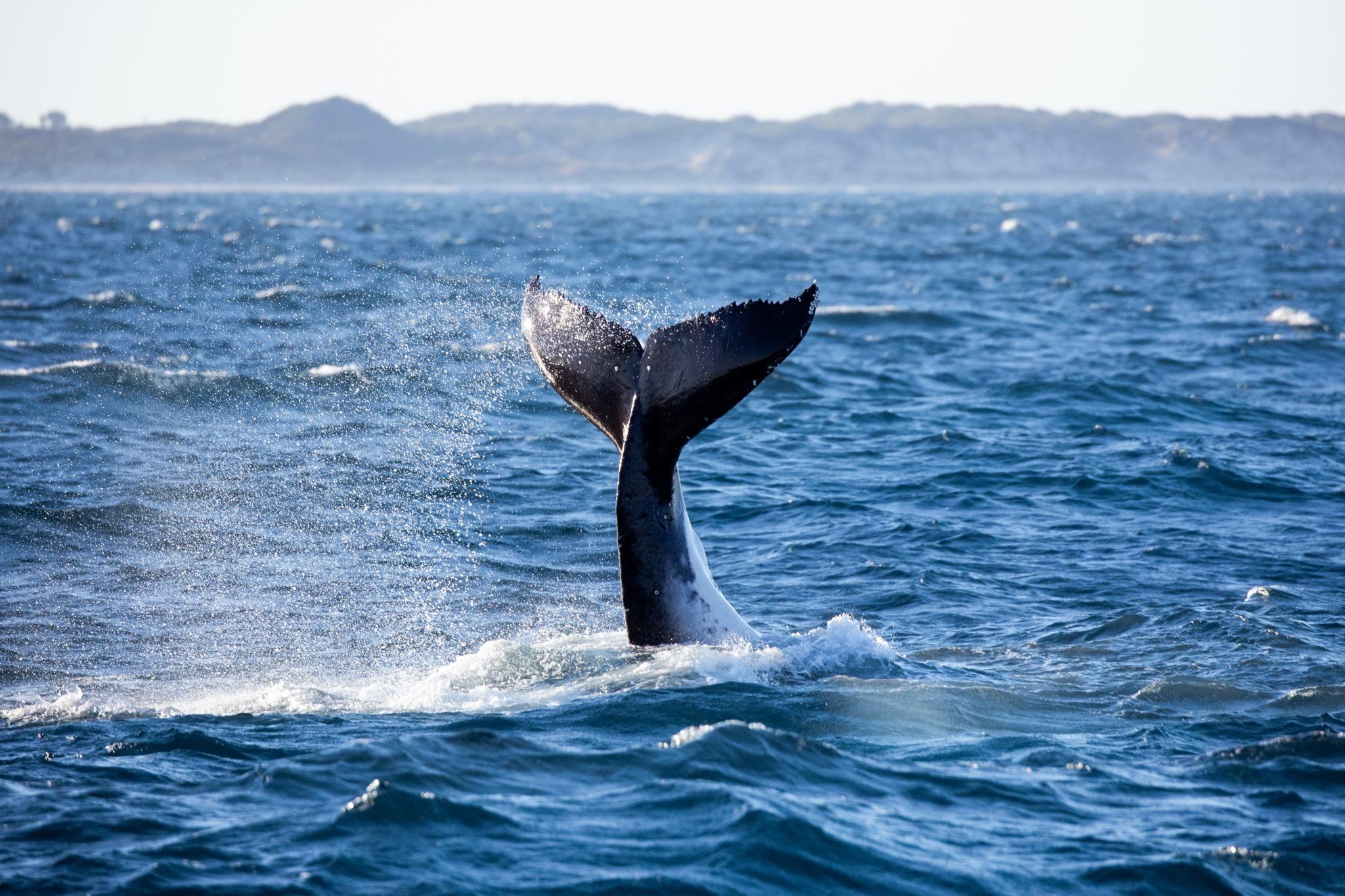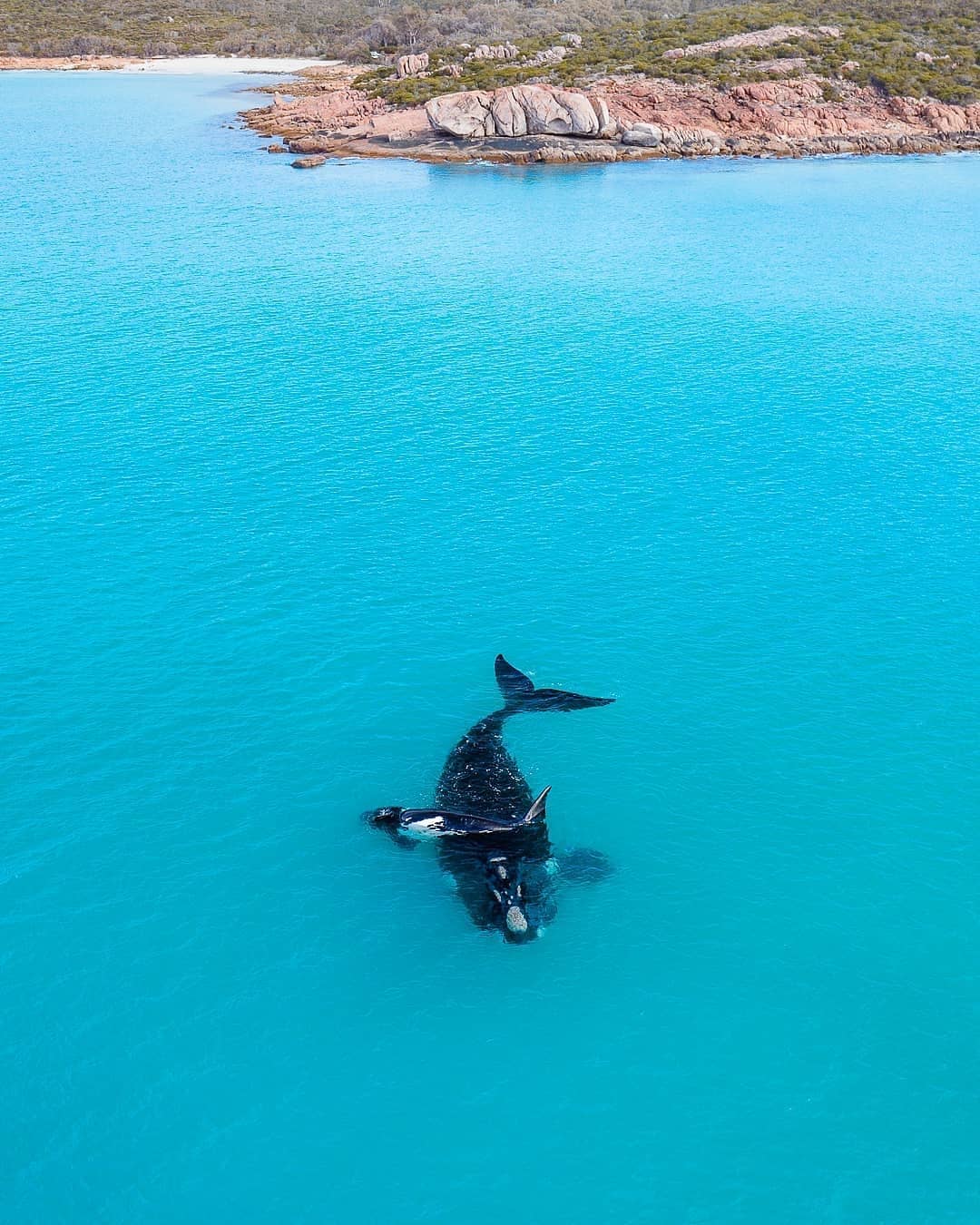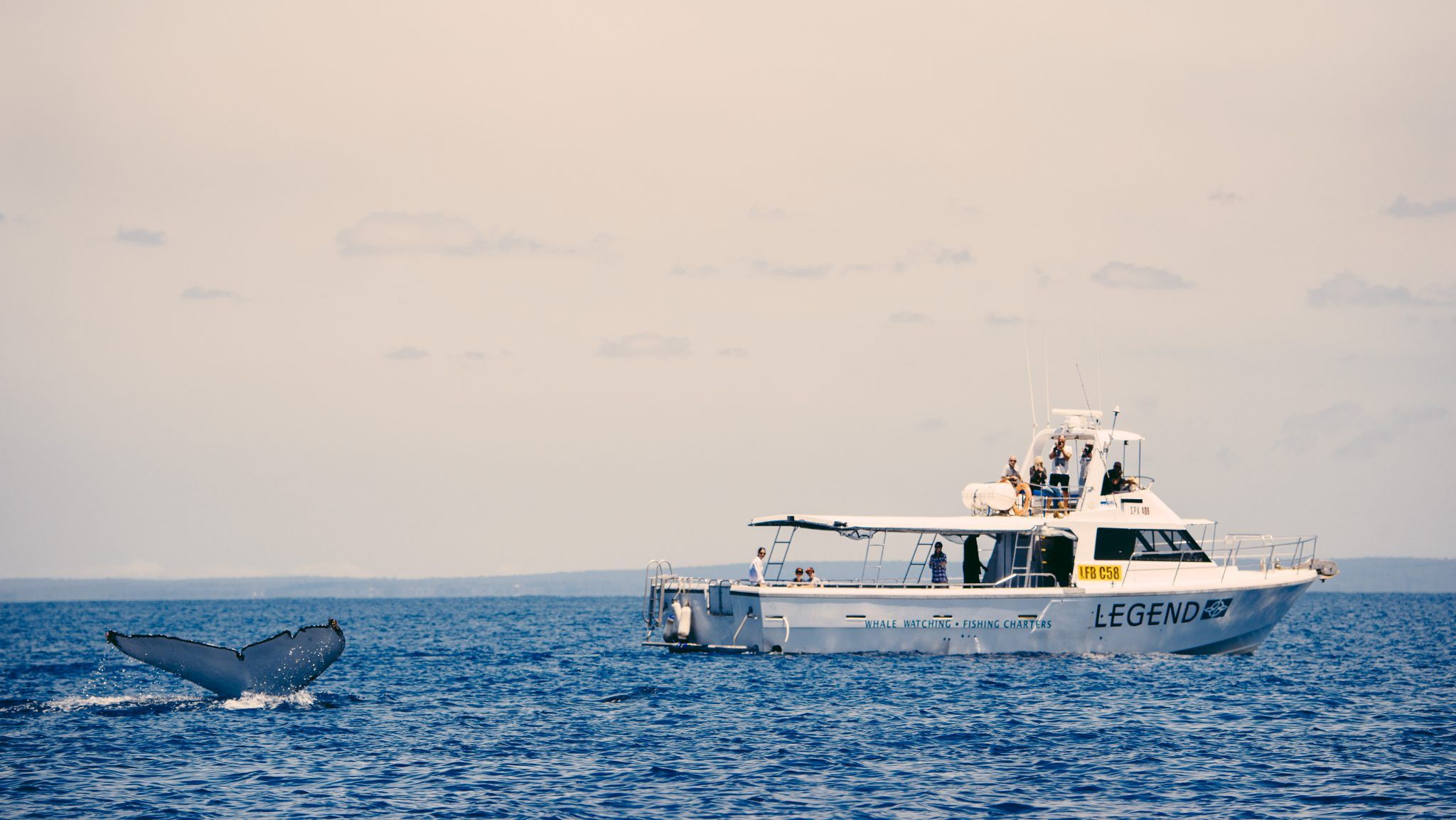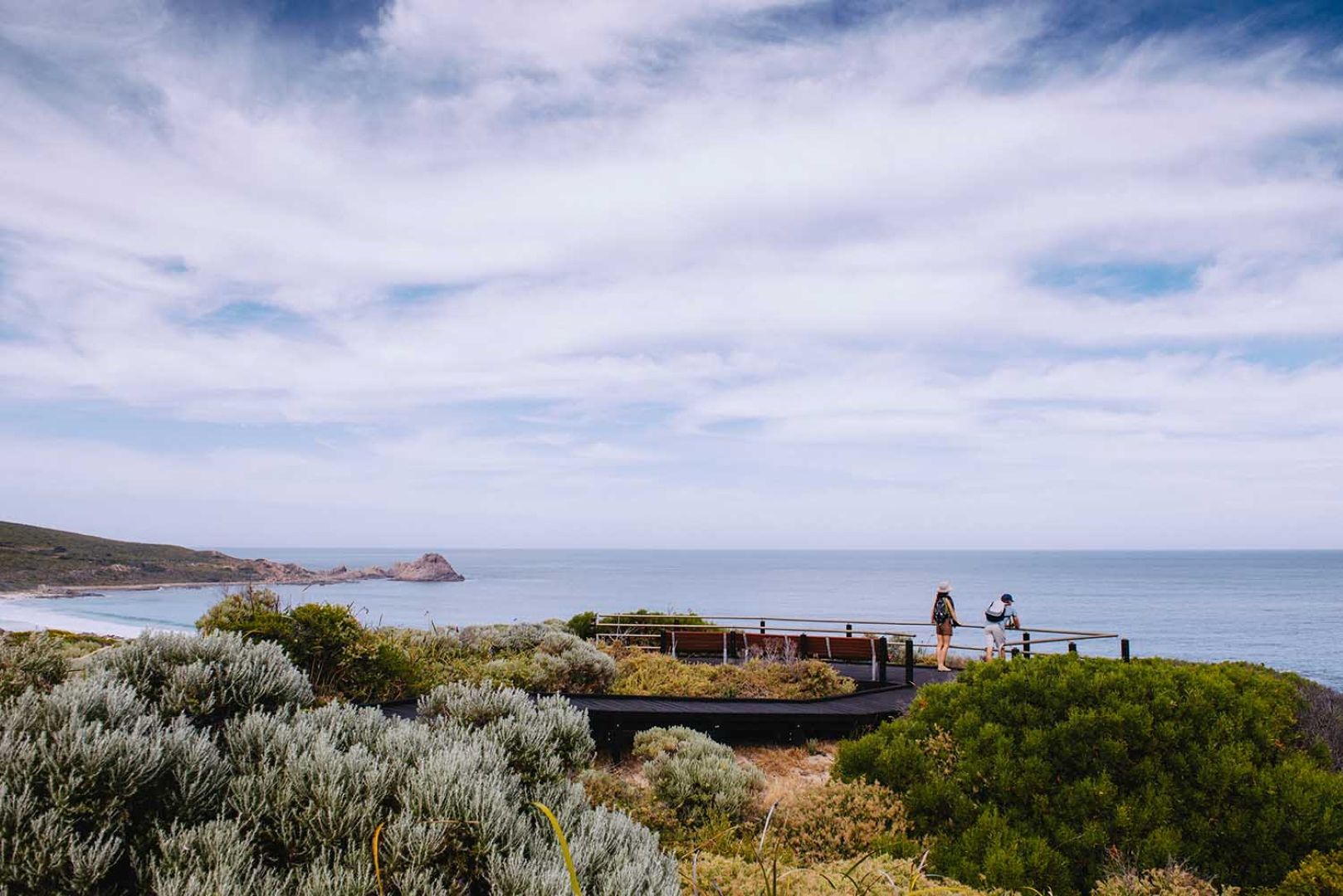Every year along Margaret River Region’s coastline, some of the largest animals on the planet travel south to Antarctic waters. This epic whale migration peaks between July and December.
Marine scientist, Daniella Hanf, says Geographe Bay plays a vital role in their journey.
“Geographe Bay is an important resting area for three whale species; the southern right whale, the blue whale and the humpback whale,” she says. “For these reasons, Geographe Bay is recognised at state, national and international level as an important whale habitat.”
Daniella is a Principal Scientist at 02 Marine. Her speciality is marine fauna investigations and environmental management. She’s also a board member of Project ORCA and a researcher with the Cetacean Ecology Behaviour and Evolution Lab at Flinders University.
